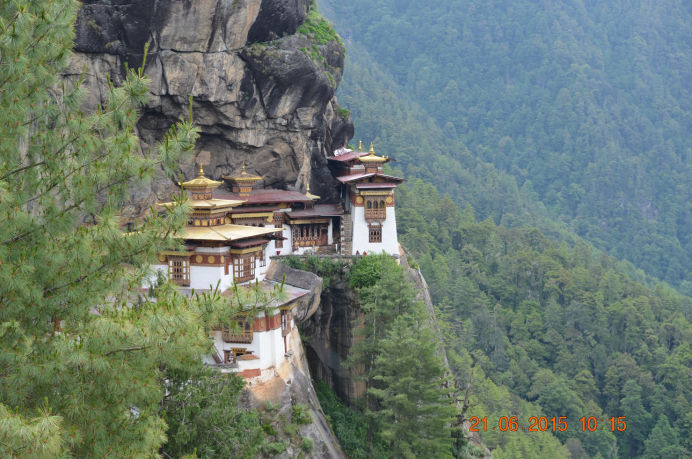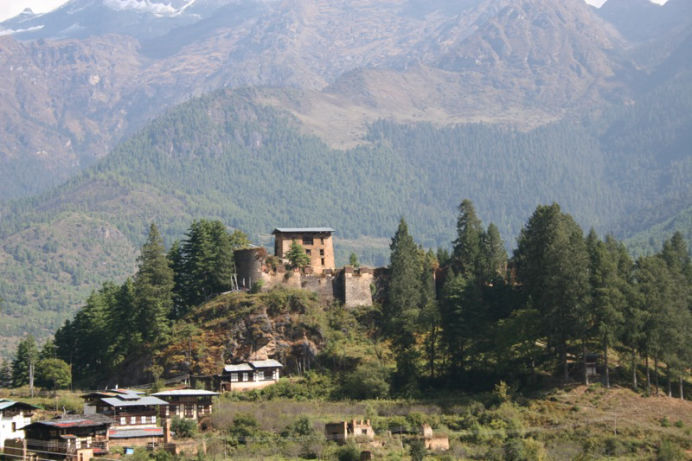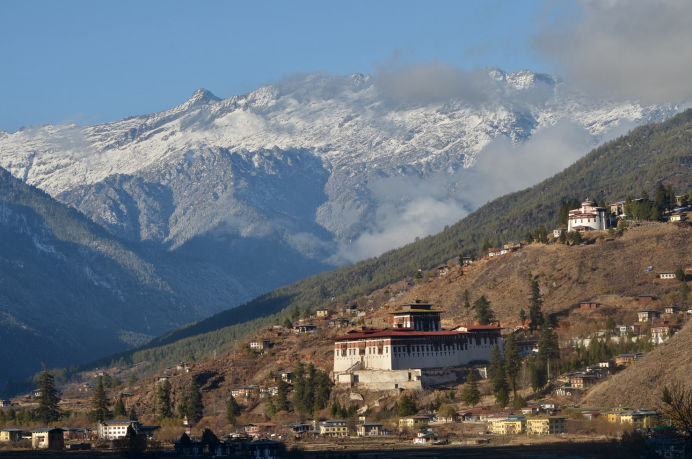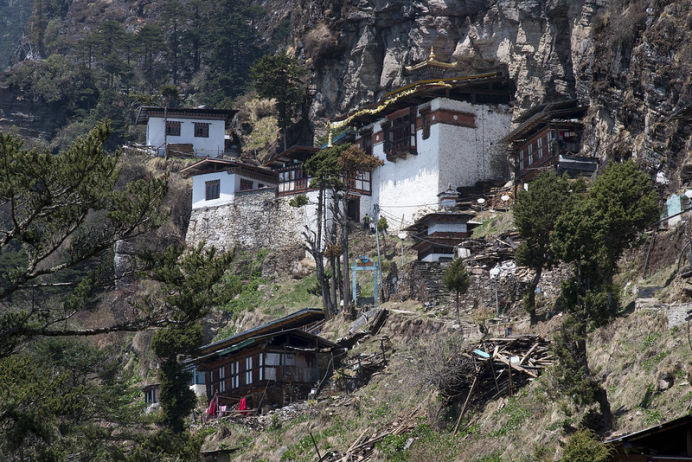The valley of ravishingly beautiful.
The cultural highlights of Paro resemble so much the intricate and beautiful textiles worn by the people during the valley’s annual festival. Here we take you through the rice fields, orchards, farmhouses and temples of various ages. The pride of Paro is the hanging temples on the cliffs from the legendary Taktsang to KilaGompa and Dzongdrakha. Let your muscles baffle your spirits as you climb the rocky stairs of these medieval temples.

Taktsang
Taktsang is located on a high cliff towards the north of Paro town. It was first built in 1692, around the TaktsangSengeSamdup, a cave where Guru Padmasambhava is said to have meditated for three months in the 8th century. It is believed that Guru Rinpoche (Guru Padmasambhava) flew to this location from Khenpajong, Tibet on the back of a tigress and subdued a demon. He then performed meditation in one of the caves here and emerged in eight incarnated forms (manifestations) and blessed the place. Subsequently, the place came to be known as the “Tiger’s Nest”. Guru Padmasambhava is known for introducing Buddhism to Bhutan. Today, Paro Taktsang is the best known of the thirteen caves in which he meditated.

Drukgyel Dzong
Let the ruins of this dzong tell you a tale of how Bhutanese warriors defended Bhutan from the invaders from the north in the 17th century. This dzong was built by Zhabdrung Ngawang Namgyal in 1646, to commemorate his victory over the Tibetan invaders. Though largely destroyed by fire in 1951, the outer walls and the central tower remain an imposing sight. On a clear day, treat yourself with a splendid view of Mt. Jumolhari from the approach road to Drukgyel Dzong.

Rinpung Dzong
Explore the Rinpung Dzong which the locals call the ‘fortress of a heap of jewels’. Built in 1646 by Zhabdrung Ngawang Namgyal, the dzong stands on a hill above Paro Township. It is linked by the traditional cantilever bridge (called the NemiZam) over the Pa chu where one may pose a photograph. Experience a walk up a paved stone path running alongside the imposing outer walls. Once inside the Dzong, you will be welcomed by the monks, architecture and the ancient frescoes.





